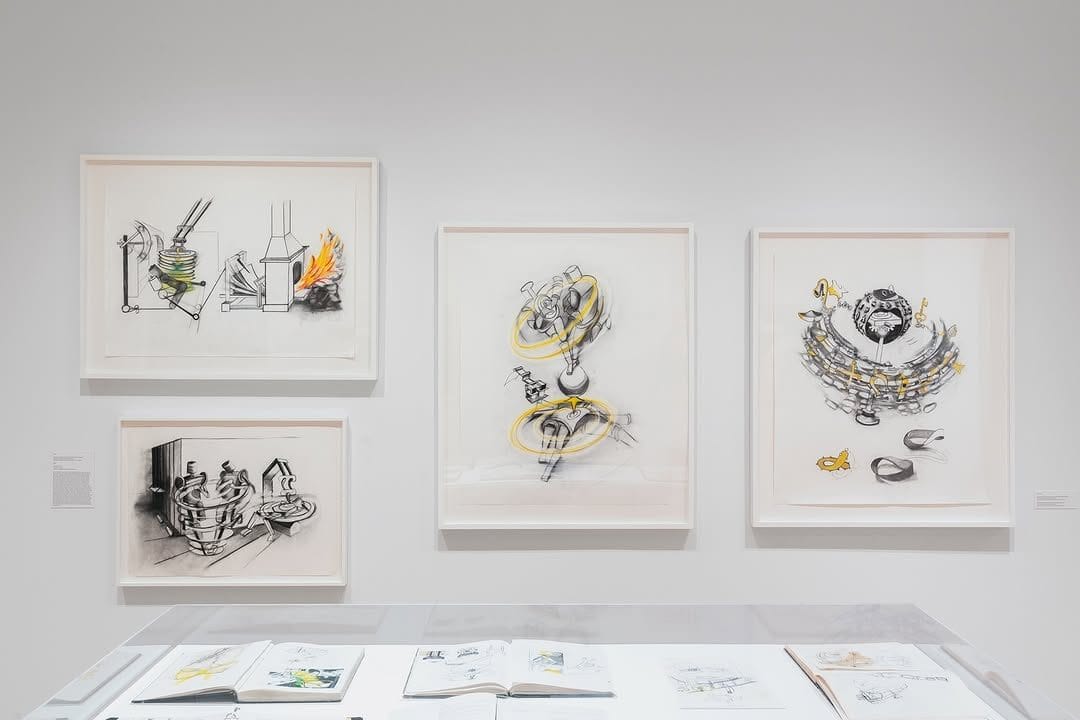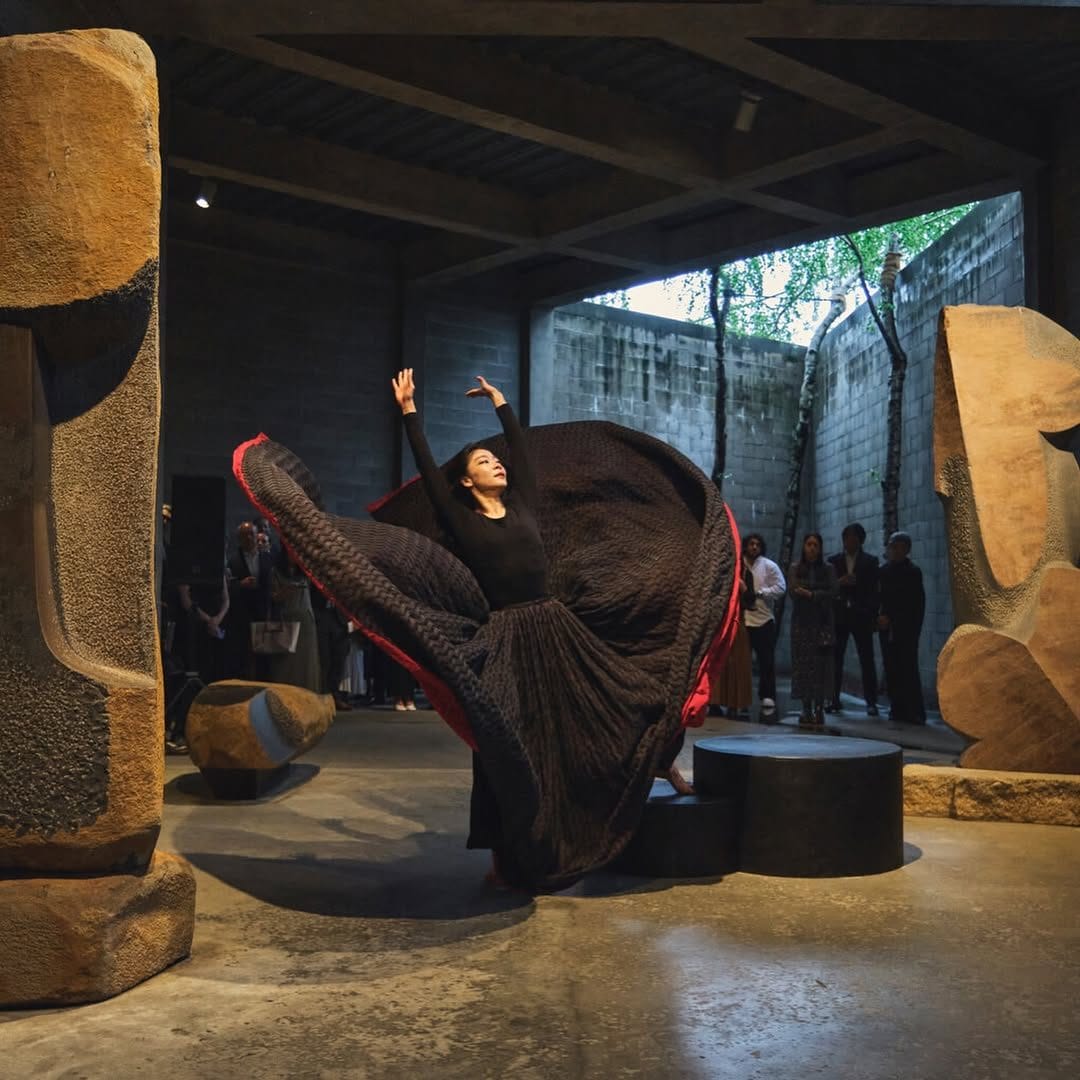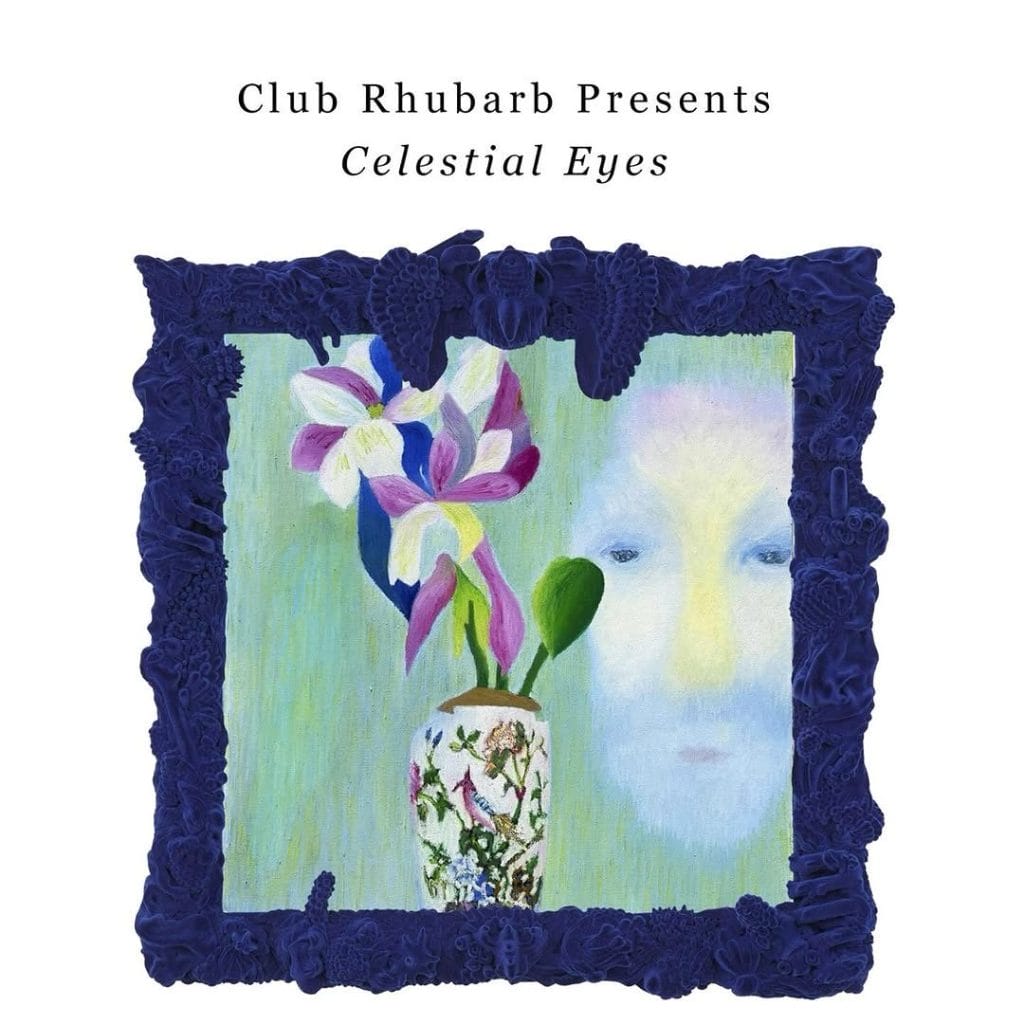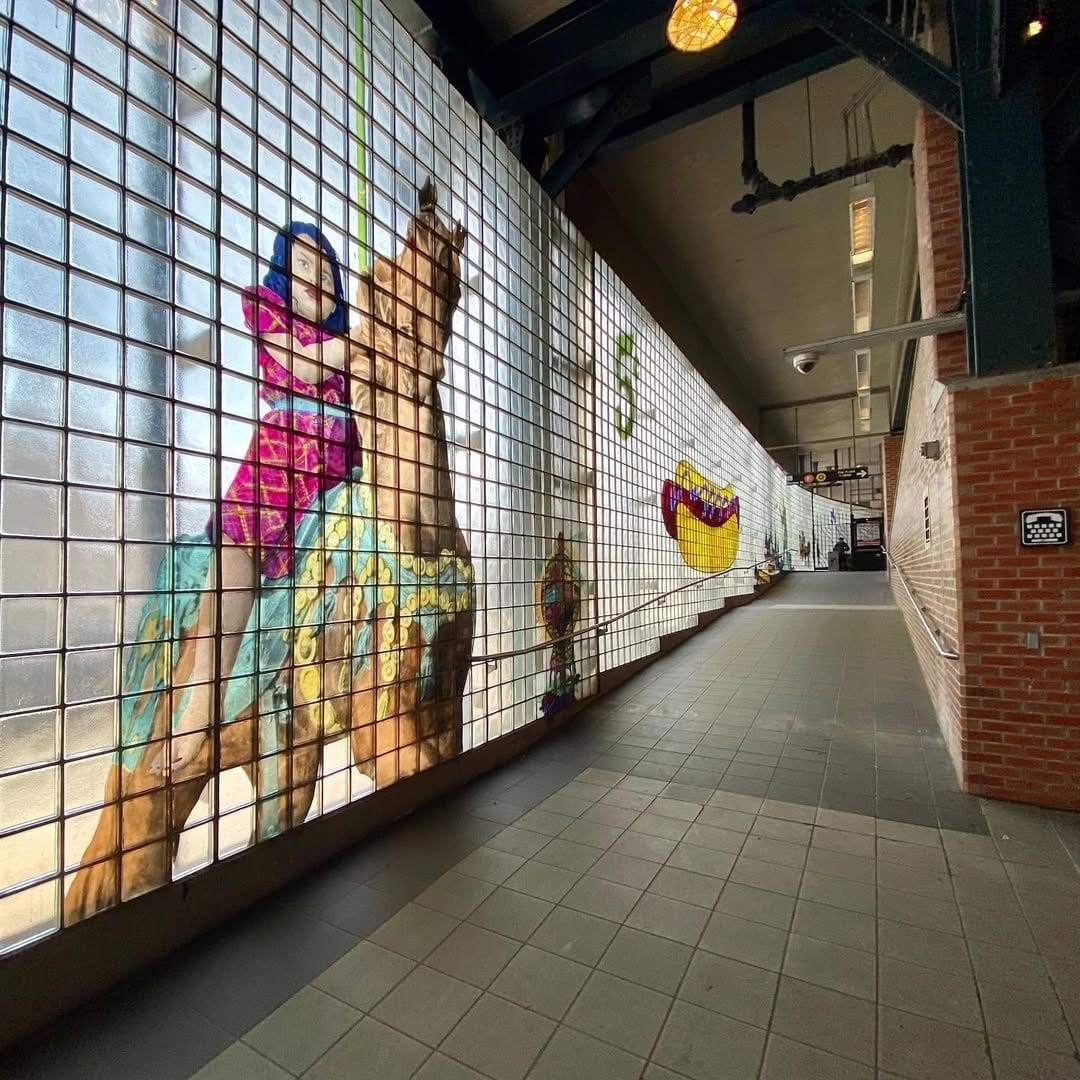Coolest Art Spots in New York City You’ve (Probably) Never Visited
Everyone knows New York City is stacked with art institutions. Some are on your subway map, others on your bucket list. But once you’ve looped through MoMA, the Whitney, and the Met a few times, you might start craving something less polished and less predictable.
That’s where this list comes in. These places aren’t aiming for blockbuster status. Many are built by artists themselves or shaped by community needs, not curators in suits. They offer a look into how creativity grows outside the spotlight.
We looked for places that:
- Operate outside the mainstream art circuit
- Prioritize process and experimentation over polish
- Are run by artists, collectives, or neighborhood orgs
- Offer a slower, often less commercial experience
Less-Known Art Spaces in New York City that You Should Visit
The Drawing Center (SoHo)

This small museum dedicates its programming to works on paper—drawings, sketches, and visual studies that often get overlooked elsewhere. It’s a focused space that gives you room to really see what’s in front of you.
- Location: 35 Wooster Street, New York, NY
- Cost: Free
- Website: https://drawingcenter.org
The Invisible Dog Art Center (Nomadic)
Once located in a three-story Brooklyn factory, The Invisible Dog supported experimental work across visual art, performance, and design. As of March 2025, the space has transitioned into a nomadic organization, producing projects in collaboration with partner venues around the world. Its mission to support emerging artists continues through this new chapter.
- Office Address: 57 Bergen Street, Brooklyn, NY
- Cost: Free or event-based donations
- Website: https://theinvisibledog.org
Holographic Studios (East 2nd St)
Part gallery, part science lab, this long-running studio is led by holographer Jason Sapan. His personal tours give visitors insight into the decades-long intersection of optics and visual art. You won’t find anything quite like it elsewhere.
- Location: 172 East 2nd Street, New York, New York
- Cost: $10+ for guided tours (by appointment)
- Website: https://www.holostudios.nyc/home
The Noguchi Museum (Long Island City, Queens)

This space was designed by artist Isamu Noguchi himself to house his sculpture, lighting designs, and furniture. The layout blends indoor galleries with open-air courtyards and stone paths. You move through it more like a walk than a tour.
- Location: 9-01 33rd Road, Queens, NY
- Cost: $12 adults, free on the first Friday of the month
- Website: https://www.noguchi.org
Club Rhubarb (Chinatown)

An apartment-turned-gallery run by a rotating team of young artists. This space functions without formal schedules or funding. One week might be an installation, the next a poetry reading or sound performance. If you want art without middlemen, this is the place.
- Location: Chinatown, Manhattan (DM for address)
- Cost: Free or donation-based
- Website: https://www.instagram.com/clubrhubarb
Bronx Museum of the Arts (Grand Concourse)
This publicly funded space focuses on contemporary art that reflects the Bronx and its history. You’ll find exhibitions rooted in themes of identity, migration, community, and resistance—many by artists from the borough or the wider diaspora.
- Location: 1040 Grand Concourse, Bronx, NY
- Cost: Free
- Website: https://bronxmuseum.org
The Cloisters (Fort Tryon Park)
This offshoot of the Met sits near the northern tip of Manhattan. Built using medieval European architectural fragments, it houses religious art and stonework from the 12th through 15th centuries. It feels distant—both in space and time—from the rest of the city.
- Location: 99 Margaret Corbin Drive, New York, NY
- Cost: Included with Met admission ($30 adults; pay-what-you-wish for NY residents)
- Website: https://www.metmuseum.org/visit/plan-your-visit/met-cloisters
Subway Art – MTA Arts & Design

You don’t need a gallery ticket to catch New York art. The MTA’s Arts & Design program installs permanent pieces in subway stations all over the city. Some are mosaic panels, others are stained glass or bronze reliefs. If you ride regularly, you’ve already seen some of them—you just may not have known who made them.
- Highlights
- “Crack Is Wack” mural by Keith Haring (128th St & 2nd Ave)
- “My Coney Island Baby” at Stillwell Ave Station
- “Dreaming” mosaics at 86th Street (B/C)
- Location: Various stations
- Cost: Free with MetroCard
- Website: https://new.mta.info/agency/arts-design
Closing Note
Not every art encounter needs an audio guide or security guard. Sometimes, the most thoughtful work happens in spaces that don’t seek attention. These venues value process, people, and perspective over prestige—and that’s what makes them worth finding.
More…
